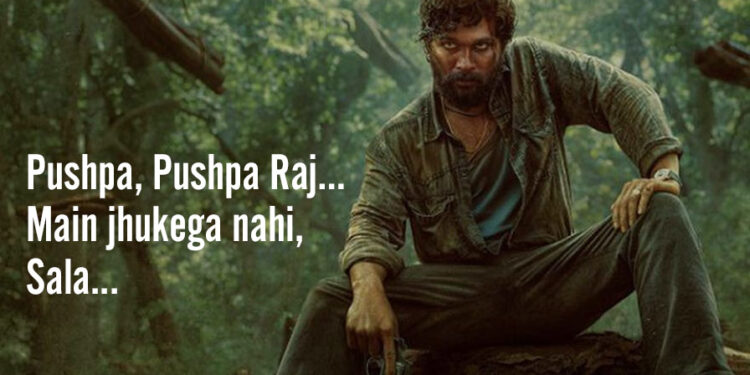Pushpa 2: The Rule, the highly anticipated sequel to the 2021 blockbuster Pushpa: The Rise, has finally hit theaters, and it’s a cinematic spectacle that demands to be experienced on the big screen. Despite facing initial backlash and negative reviews on social media, the film has managed to hold its ground and deliver a compelling narrative that resonates with a wide audience, particularly in North and Central India. Directed by Sukumar, the movie continues the saga of Pushpa Raj, played by Allu Arjun, as he navigates the treacherous world of red sandalwood smuggling while grappling with personal and societal challenges.
From a technical standpoint, Pushpa 2 is a masterclass in filmmaking. The background score, and songs composed by Devi Sri Prasad and Sam C S, elevates the viewing experience, creating an immersive atmosphere that complements the on-screen action perfectly. The songs, while maintaining the essence of commercial cinema, add a theatrical flair that enhances the overall narrative. The cinematography and editing are top-notch, showcasing the film’s high production values. The art direction surpasses that of its predecessor, creating a visually stunning world that brings the story to life. The action sequences, a crucial element of the Pushpa franchise, are expertly choreographed and executed, providing the adrenaline rush that fans have come to expect.
The storyline of Pushpa 2 is crafted to appeal to a broad spectrum of viewers, particularly those familiar with Telugu and Hindi cinema sensibilities. It seamlessly blends action, family drama, romance, and music, catering to the tastes of the general Indian audience. The narrative is punctuated with “mass” moments that are sure to elicit cheers from the crowd, with the “Pushpa Rule” police station sequence standing out. The film’s ability to balance these commercial elements with more nuanced character development is commendable. Fahadh Faasil reprises his role as the antagonist Bhanwar Singh Shekhawat, delivering a performance that matches Allu Arjun’s intensity. The on-screen dynamic between Pushpa and Shekhawat is a testament to both actors’ abilities to fully embody their characters, transcending their star personas.
One of the film’s greatest strengths lies in its portrayal of Pushpa Raj as a downtrodden laborer burdened by societal prejudices and his own inferiority complex. This characterization may resonate more strongly with audiences from regions where caste and religious biases continue to play a significant role in social dynamics. The emotional depth of Pushpa’s journey is evident in several key scenes, such as the addition of his family name to a wedding invitation and his unconventional prayer in women attire. These moments, while potentially melodramatic to some viewers, serve to humanize Pushpa and provide insight into the societal pressures that shape his actions. The romantic subplot between Pushpa and Srivalli, portrayed by Rashmika Mandanna, is handled with sensitivity, avoiding the pitfalls of cringe-worthy scenes often associated with mainstream Indian cinema. The devotional elements in the movie were well-placed and didn’t feel overdone. The temple action sequence and the climax scene, where Pushpa fights to save his sister, were masterfully executed and will resonate with audiences.
While Pushpa 2 has faced criticism for its length and certain narrative choices, it’s important to recognize that the film is designed primarily for a theatrical experience. The Japan fight sequence in the beginning and family-centric emotional sequences at the end, which some reviewers suggested omitting, play a crucial role in establishing a connection between the characters and the audience, particularly in North Indian markets. The film’s depiction of socio-economic realities and the struggles of daily wage laborers is likely to resonate strongly with viewers from states like Bihar, Jharkhand, and Uttar Pradesh. The Hindi dubbed version, with its authentic North Indian dialect and powerful dialogues like “Jhukega Nahi Sala,” adds another layer of appeal for Hindi-speaking audiences. Ultimately, Pushpa 2: The Rule delivers an extraordinary cinematic experience that builds upon the success of its predecessor while carving out its own identity. It’s a film that celebrates the larger-than-life persona of its protagonist while grounding him in relatable human emotions and societal challenges. For those seeking an immersive theatrical experience that combines spectacle with substance, Pushpa 2 is a must-watch.



















Discussion about this post